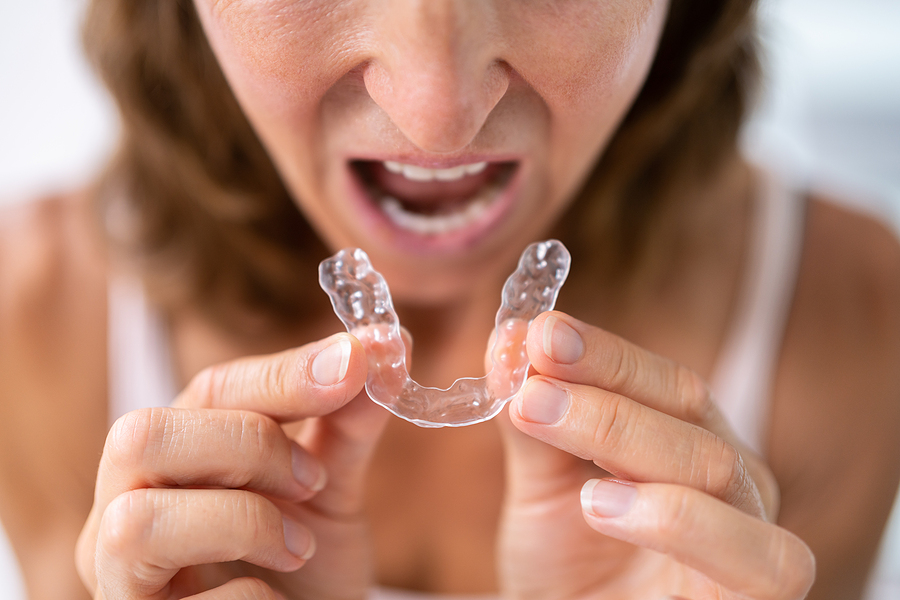Dental bridges play a crucial role in maintaining oral health and function by filling gaps caused by missing teeth. Beyond enhancing aesthetic appeal, bridges prevent neighboring teeth from shifting, maintain proper bite alignment, and help distribute chewing forces evenly. Bridges contribute to improved speech, jaw stability, and overall oral well-being by restoring a complete dental arch. Additionally, they offer a fixed and convenient alternative to removable dentures, providing patients with a durable and long-lasting solution for a confident and functional smile. Visit Hartman Dentistry for more information.
The Types of Dental Bridges
Traditional Dental Bridges
Traditional bridges are the most common type of pontics held in place by dental crowns on adjacent natural teeth, known as abutments. This classic design effectively replaces one or more consecutive missing teeth, providing stability and a natural appearance.
Cantilever Bridges
Cantilever bridges are suitable when only one adjacent tooth is available for support. The pontic is anchored to a single abutment by our dentist in Indianapolis, IN, which can be advantageous in specific situations where a traditional bridge might not be feasible. However, careful consideration is essential to ensure the abutment tooth can handle the additional stress.
Maryland Bridges
Maryland bridges are a conservative option, especially for replacing front teeth. Instead of dental crowns, they use metal or porcelain wings bonded to the back of adjacent teeth. This minimally invasive approach makes them an attractive choice in some instances, although they may not be suitable for areas with significant biting force.
Implant-Supported Bridges
Implant-supported bridges are secured in place by dental implants rather than natural teeth. Each implant acts as a sturdy foundation for the bridge, providing stability and preventing bone loss. This option mainly benefits individuals missing multiple teeth in a row or those seeking a more secure and long-term solution.
The Benefits of Dental Bridges
Aesthetic Enhancement
One of the most apparent benefits of dental bridges is their ability to enhance the aesthetics of a smile. By filling in the gaps left by missing teeth, bridges seamlessly blend with natural teeth, providing a harmonious and complete appearance that boosts confidence and self-esteem.
Preservation of Facial Structure
Tooth loss can result in changes to facial structure, leading to a sunken appearance. Dental bridges in Indianapolis, IN, help preserve the face's natural contours, promoting a more youthful and vibrant look.
Distribution of Bite Forces
Uneven distribution of bite forces due to missing teeth can increase stress on remaining teeth, potentially causing issues like fractures or TMJ disorders. Dental bridges help distribute these forces evenly, reducing the risk of complications.
Prevention of Bone Loss
Dental bridges contribute to the preservation of underlying bone structures. The stimulation provided by the bridge to the jawbone helps prevent bone loss, maintaining the integrity of the oral and facial structures over time.
Dental bridges go beyond cosmetic enhancements, addressing oral health's functional and structural aspects. If you are dealing with missing teeth and wonder if dental bridges suit you, visit Hartman Dentistry at 3091 East 98th Street, Suite 220, Indianapolis, IN 46280, or call (317) 581-0215.
More Blog Posts
Office Hours
MON7:00 am - 4:30 pm
TUE7:00 am - 5:00 pm
WED7:00 am - 1:00 pm
THU8:00 am - 4:30 pm
FRI9:00 am - 1:00 pm
SAT - SUNClosed






